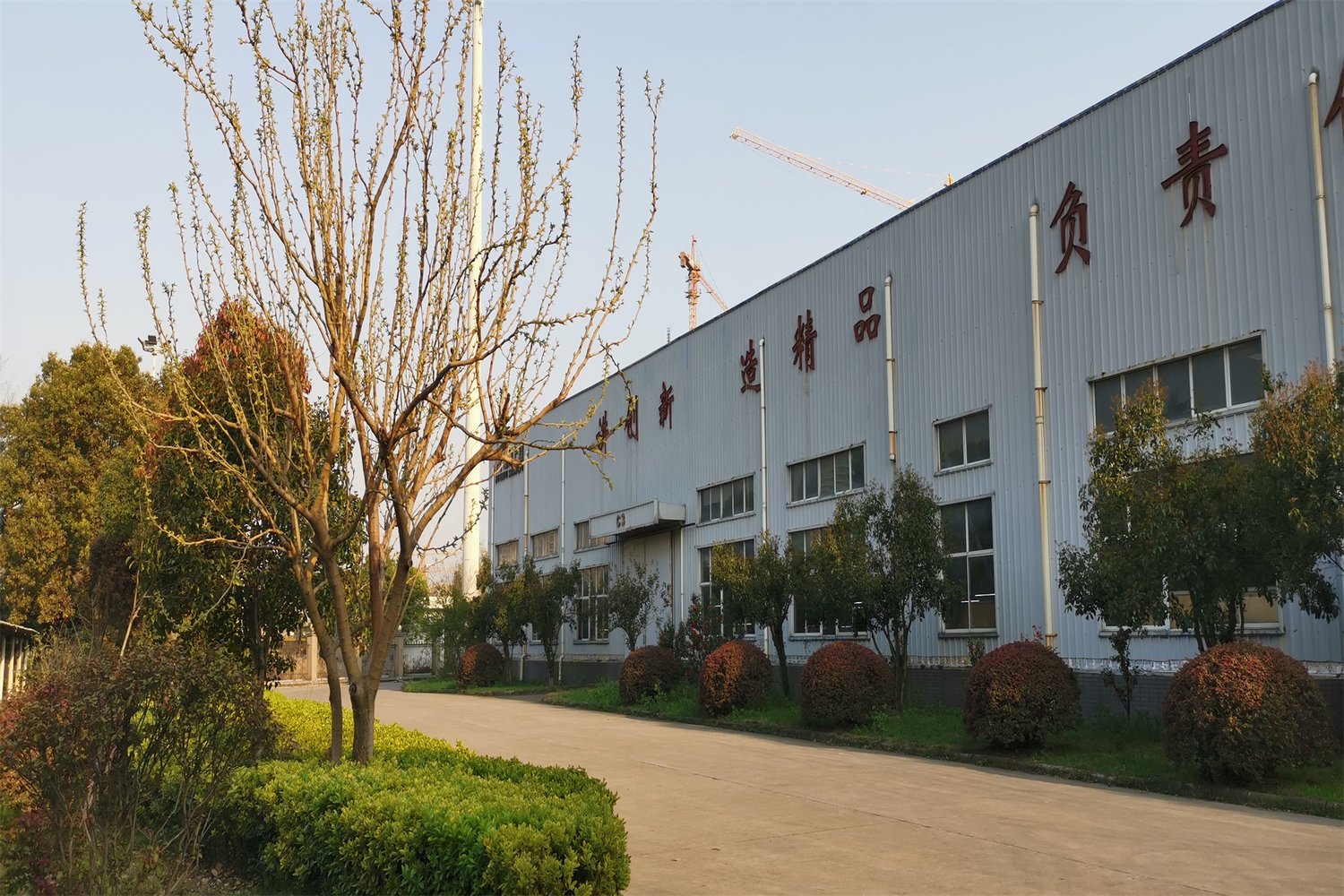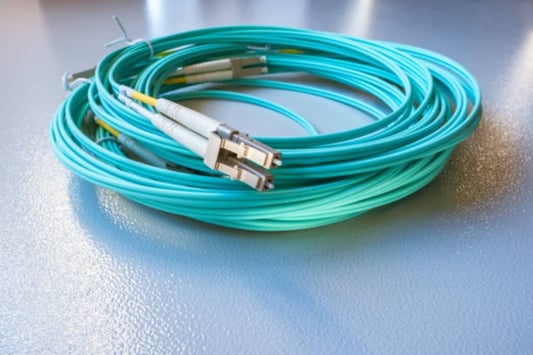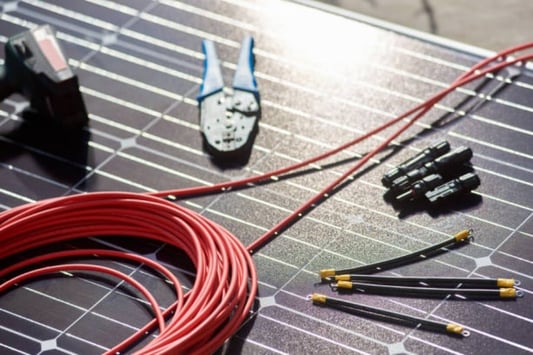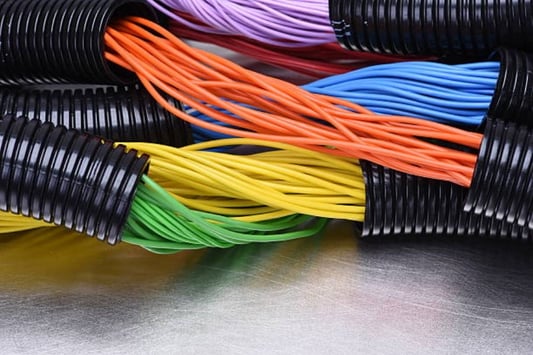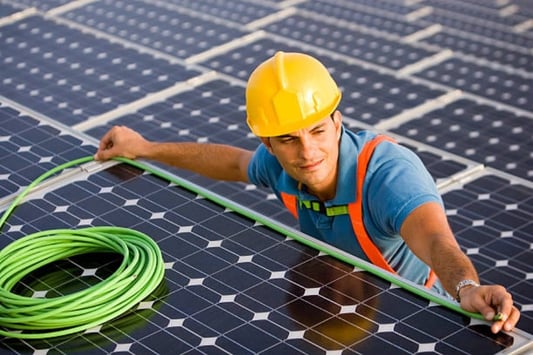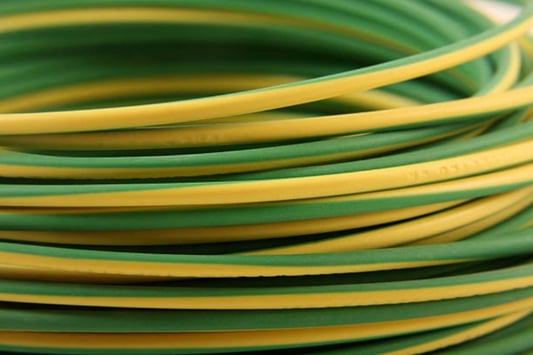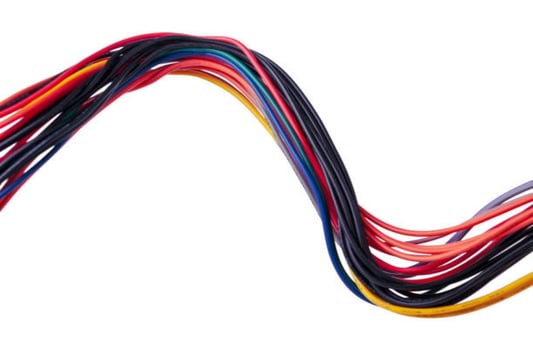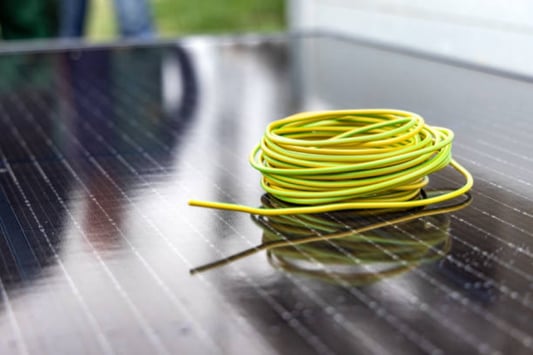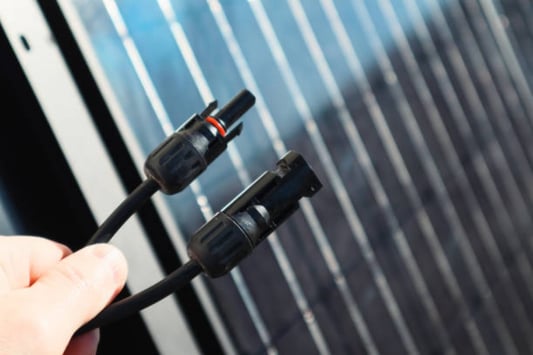Introduction to 6mm dc solar cableSolar energy is gaining immense popularity in recent years as a cost-effective and eco-friendly alternative to traditional electricity. 6mm DC solar cable is an essential component of solar installations for connecting solar panels to the charge controller or inverter. This article covers everything you need to know about 6mm DC solar cable.What is 6mm DC Solar Cable?6mm DC solar cable is a double-insulated wire designed specifically for DC (Direct Current) transmissions in photovoltaic (PV) systems. DC current is the type of electricity generated by solar panels and used in most solar power applications. The cable comes in various lengths and has two conductors - positive and negative - and a protective outer covering.Why Choose a 6mm DC Solar Cable?The 6mm DC solar cable is superior to other electrical cables. It can tolerate high-temperature conditions and has high UV resistance. The cable can withstand extreme outdoor weather conditions, including rain, snow, and ice. 6mm DC solar cable's durability helps prevent damage, reducing the frequency of maintenance required.Types of 6mm DC Solar CableIn general, there are two types of 6mm DC solar cable in the market - stranded and solid. The stranded 6mm DC solar cable is made up of smaller wires twisted together, providing more flexibility than the solid cable. On the other hand, the solid 6mm DC solar cable is a single, rigid wire and is less flexible than its counterpart. How to Choose the Right 6mm DC Solar Cable?Choosing the right 6mm DC solar cable depends on your solar installation's specific needs. The thickness of a cable is measured by its gauge, and the larger the number, the smaller the diameter. A higher gauge of 6mm DC solar cable indicates more resistance, which could significantly impact your installation's efficiency. Consulting with a professional solar installer can help you choose the appropriate 6mm DC solar cable for your installation.Installation of 6mm DC Solar CableProper installation of 6mm DC solar cable is crucial to ensure the safety and efficiency of your solar installation. Before installation, ensure that your cable routes the correct distance and is protected from unnecessary bending or sharp edges. It is also essential to confirm that the length of the cable is appropriate for the installation distance. To avoid electric shock, ensure that the installation process is completed by a licensed electrician.6mm DC Solar Cable and GroundingGrounding is an essential safety measure when installing your 6mm DC solar cable, as it prevents electrical shock. When using a 6mm DC solar cable, the grounding system should be established before installing the cable. The grounding system should be made of durable materials that can withstand harsh weather conditions and corrosion. Ensure you work with licensed professionals to install ground systems on your solar installation.Benefits of Using 6mm DC Solar Cable6mm DC solar cable has many benefits when used in solar installations. The cable's high resistance to heat and UV rays makes it durable and ensures a long lifespan compared to other electrical cables. Also, 6mm DC solar cable is less prone to damage due to its superior protection to withstand harsh weather conditions. Lastly, due to its low resistance, 6mm DC solar cable ensures minimum heat loss and maximum efficiency in PV systems.Where to Purchase 6mm DC Solar Cable?6mm DC solar cable can be found in most electrical supply stores and online marketplaces. When purchasing, ensure you conduct due diligence to select the best product. Check the quality of the insulation material, and confirm that the manufacturer's ratings meet the installation's demands.Cost of 6mm DC Solar CableThe cost of 6mm DC solar cable varies depending on the manufacturer, length of the cable, and the quality of insulation. The cost of 6mm DC solar cable is generally higher than other electrical wires due to its superior specialized features. However, investing in a high-quality 6mm DC solar cable can yield long-term cost savings by reducing maintenance and improving efficiency.Conclusion6mm DC solar cable is a critical component in solar installations, providing a secure and efficient method of transmitting solar energy from panels to the charge controller or inverter. The cable's higher resistance to heat, UV rays, and harsh outdoor conditions makes it an excellent investment for your solar installation. Using professional services during the installation process, selecting high-quality 6mm DC solar cable and conducting due diligence in research, and purchasing can ensure optimal use of the solar installation product.

